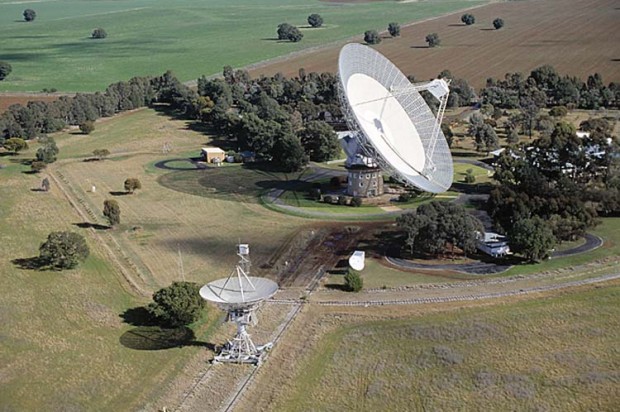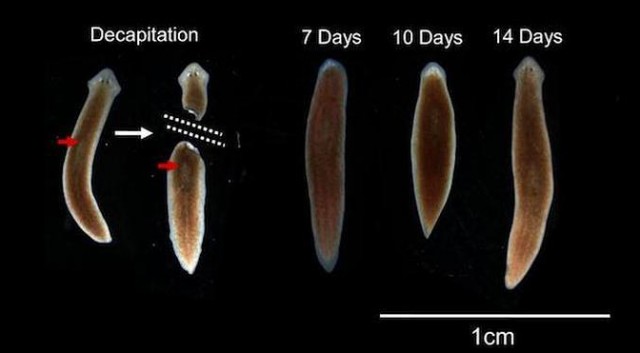
The so-called "Great Dying" at the end of the Permian geological era killed off a larger proportion of species than any of the 25 other mass extinctions scientists have identified from sudden and widespread gaps in the fossil record at certain layers of rock corresponding to specific periods of time.
The precise cause of the biological catastrophe 252 million years ago has been debated by scientists for decades. But nothing else in Earth history compares to the Late Permian disaster, which eclipsed 95 per cent of all marine life and about 70 per cent of species on land.
Some have argued that a massive meteorite strike - like the one widely presumed to have triggered the end of the dinosaur age 65 million years ago - must have been to blame. Others point to extreme climate change linked to ocean acidification, oxygen depletion, mercury poisoning or other species-snuffing effects as the main driver of the extinctions.
And without discounting the other forces as potential contributors to the Great Dying, a growing number of scientists - including several groups of Canadian researchers who are among the world's leading investigators of the die-off - have fingered a prolonged series of enormous volcanic eruptions in northern Asia known as the "Siberian Traps" as the main culprit in the Permian extinction.








